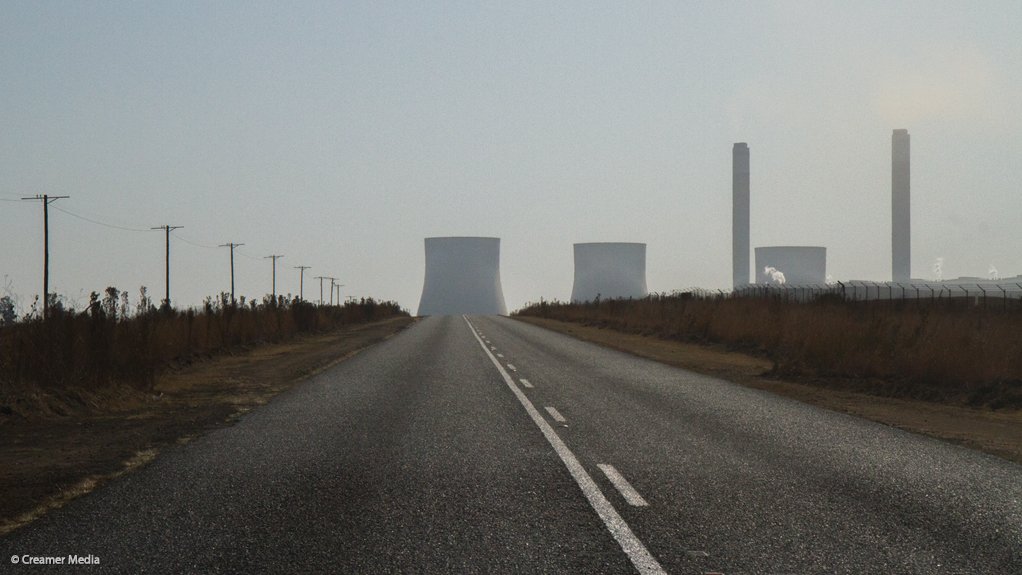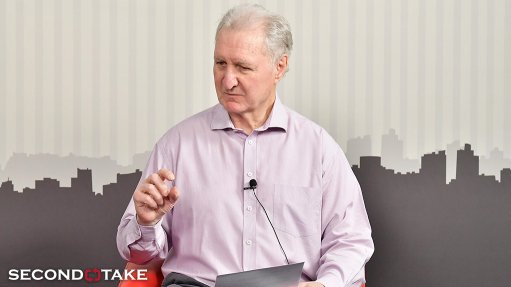Presidency outlines criteria to be used before revising coal decommissioning schedule
The Presidency has moved to outline the criteria that will be used before any decision is made to delay the decommissioning of certain coal-fired power stations, to take account of the prevailing supply deficit, and has also dismissed suggestions that there is any plan to extend the life of the stations.
Addressing the Presidential Planning Commission (PCC) on June 9, project management office head Rudi Dicks acknowledged that the decision to potentially revise the schedule had raised questions both domestically and with the International Partners Group that had agreed to provide $8.5-billion-worth of concessional funding to support South Africa’s Just Energy Transition Investment Plan (JET-IP).
“In the context of our energy crisis, there is a conversation we are having about whether we can delay decommissioning, but that’s very different from extending the life of power plants,” Dicks said.
Cabinet, he added, had reaffirmed the country’s commitment to the decarbonisation targets outlined in its Nationally Determined Contribution, as well as to the goal of transitioning towards net-zero.
“However, care will be taken to ensure that the manner in which these commitments are achieved does not compromise energy security or the immediate priority of reducing loadshedding.”
He told PCC commissioners that any revision to the decommissioning would be informed by a comparison of the costs of refurbishing older coal-fired power stations with the cost of investing in replacement capacity, including renewables, batteries and gas.
In addition, Dicks said the following three assessments would be undertaken ahead of any revision, including:
- A technical assessment by a consortium of international experts appointed by the National Treasury into the feasibility and cost of refurbishing and/or repowering each power station;
- A modelling exercise to be undertaken by the National Energy Crisis Committee (Necom) of estimated future capacity from various other sources compared with existing capacity and projected demand growth; and
- A modelling exercise to be undertaken by the JET-IP Project Management Unit and/ or the PCC of the impact of any delay on the country’s decarbonisation trajectory.
He reported that these assessments should be completed by July and the outcome would be presented to Cabinet for approval. In addition, no decommissioning would take place until the technical assessments were completed.
Dicks said any possible revision could affect Camden, Grootvlei and Kriel, which were reportedly performing better than some of the younger stations in the Eskom fleet.
Particular reference was made to Camden, which is meant to be fully decommissioned over the coming two years, but which is operating at a 60% energy availability factor (EAF) – a level that the full fleet reached for the first time since September 2022 only on June 2 this year, despite a target having been set for such an EAF to be achieved by the end of March.
He promised that any revision would not be based on a “thumb suck” but by the evidence emerging form the assessment under way.
Dicks also reported that the JET-IP implementation plan framework would be published in July, following which focus groups would be assembled in July and August on electricity infrastructure, the just transition in the electricity sector and in Mpumalanga in particular, as well as on new energy vehicles, green hydrogen, skills and on municipalities.
“The JET-IP Implementation Plan will be finalised thereafter and recommended for approval by the JET-IP Inter-Ministerial Committee in October 2023,” Dicks reported.
Mpumalanga Premier Refilwe Mtshweni-Tsipane said that, given the prospect of economic losses for coal-dependent communities, strategies were needed to ensure growth in other sectors such as agriculture, tourism, manufacturing and renewables.
“The constant refrain as I travel across the province, especially in the coal belt, is that the transition cannot be ‘just’ if they are left behind.
“[Many] in the province are concerned about the pace of the planned decommissioning and repurposing of our coal fired power plants,” she said, highlighting that the province, which was home to 4.68-million people, already faced serious “developmental deficits” and an unemployment rate of 38.5%.
“Let us move on this in an informed and consultative manner, bringing along our communities and stakeholders,” Mtshweni-Tsipane appealed.
Comments
Press Office
Announcements
What's On
Subscribe to improve your user experience...
Option 1 (equivalent of R125 a month):
Receive a weekly copy of Creamer Media's Engineering News & Mining Weekly magazine
(print copy for those in South Africa and e-magazine for those outside of South Africa)
Receive daily email newsletters
Access to full search results
Access archive of magazine back copies
Access to Projects in Progress
Access to ONE Research Report of your choice in PDF format
Option 2 (equivalent of R375 a month):
All benefits from Option 1
PLUS
Access to Creamer Media's Research Channel Africa for ALL Research Reports, in PDF format, on various industrial and mining sectors
including Electricity; Water; Energy Transition; Hydrogen; Roads, Rail and Ports; Coal; Gold; Platinum; Battery Metals; etc.
Already a subscriber?
Forgotten your password?
Receive weekly copy of Creamer Media's Engineering News & Mining Weekly magazine (print copy for those in South Africa and e-magazine for those outside of South Africa)
➕
Recieve daily email newsletters
➕
Access to full search results
➕
Access archive of magazine back copies
➕
Access to Projects in Progress
➕
Access to ONE Research Report of your choice in PDF format
RESEARCH CHANNEL AFRICA
R4500 (equivalent of R375 a month)
SUBSCRIBEAll benefits from Option 1
➕
Access to Creamer Media's Research Channel Africa for ALL Research Reports on various industrial and mining sectors, in PDF format, including on:
Electricity
➕
Water
➕
Energy Transition
➕
Hydrogen
➕
Roads, Rail and Ports
➕
Coal
➕
Gold
➕
Platinum
➕
Battery Metals
➕
etc.
Receive all benefits from Option 1 or Option 2 delivered to numerous people at your company
➕
Multiple User names and Passwords for simultaneous log-ins
➕
Intranet integration access to all in your organisation





















